Most gardeners don’t have great soil to start with. The soil may be sandy, more compact or have some kind of problem. Even if you are very lucky and have great soil to start with, it will lose its nutrients after every season. The soil will not remain nutrient rich always. At this step, the compost came to save the day.
There are so many different kinds of fertilizers are available in the market, none of them can beat compost in terms of nutrients and being organic. Compost provides nutrients to plants gradually, when needed. Also, compost has different beneficial microorganisms to help plants in absorbing nutrients from the soil.
There is also a very wide variety of compost are available in the market. Each kind has its own purpose. In this article, we will discuss “multipurpose compost”
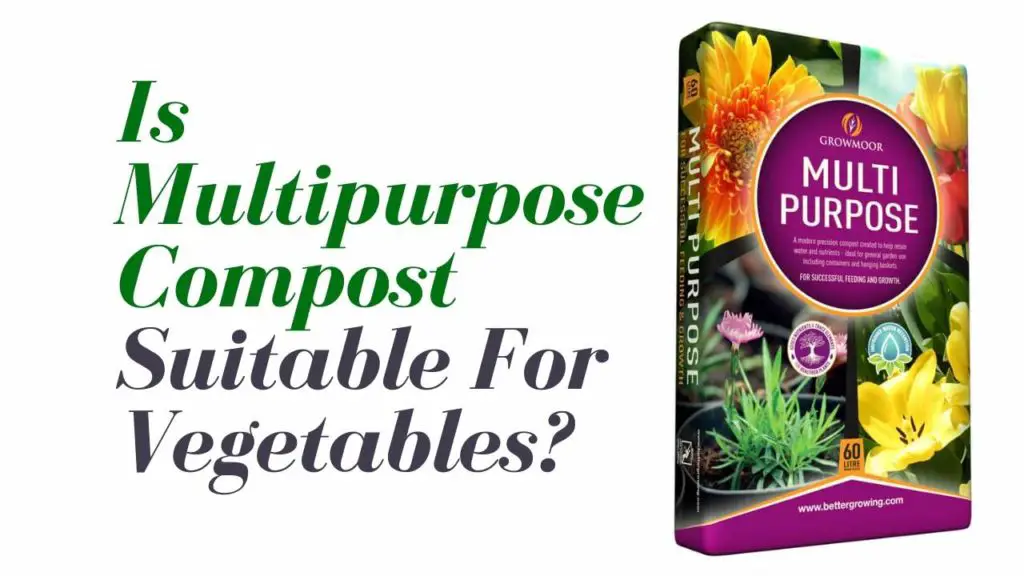
The question is can we use multipurpose compost for growing vegetables?
The simple answer to that question is a big “YES”. We can use multipurpose compost for growing vegetables, but there are some limitations to using multipurpose compost. Multipurpose compost is good for general purposes but not as good as other targeted compost. This compost is best in sowing seeds, growing veggies and cuttings in planters, pots or any other containers you have.
You can use multipurpose compost in your vegetable garden (raised bed etc) as general, but for raised beds or land, this is not the best choice. Why? Keep reading to find out.
How To Use Multipurpose Compost To Grow Vegetables?
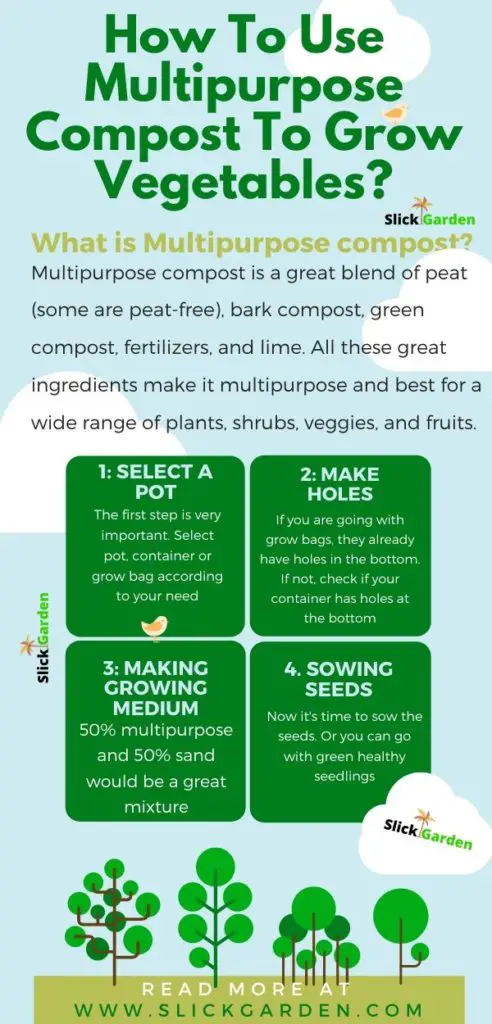
As I mentioned above, multipurpose compost is best to grow veggies in containers. Follow the steps to grow veggies using multipurpose compost.
1: Select A Pot.
The first step is very important. Select pot, container or grow bag according to your need. If you are growing herbs, the small container will do the trick. In case you are growing tomatoes, potatoes etc, you will need bigger pots or grow bags. My recommendation is to grow bag.
Grow bags are cheap, made of fabric and can be degradable or biodegradable. Grow bags also have a great number of holes in the fabric for air circulation, which is great for roots.
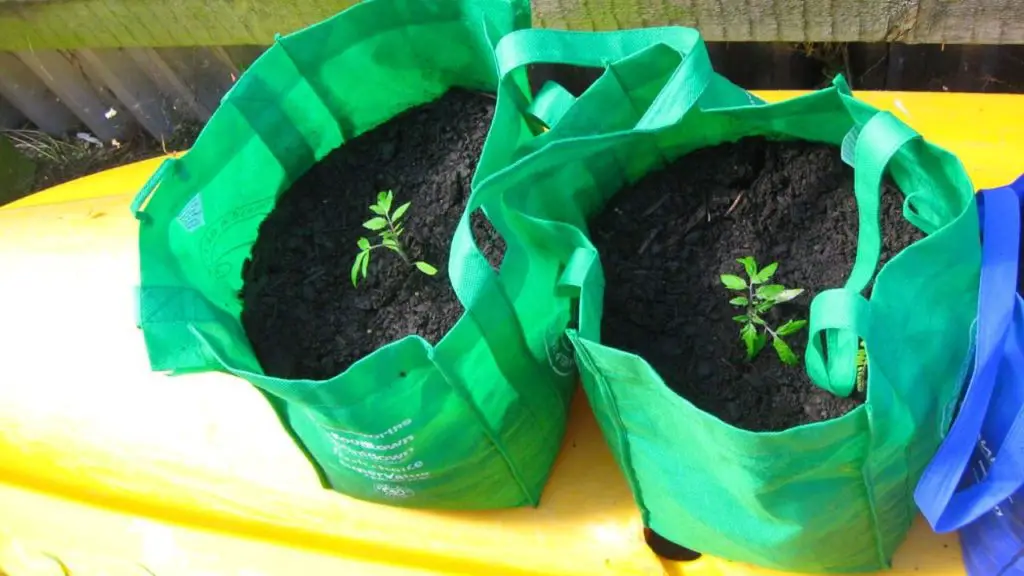
2: Make Holes.
If you are going with grow bags, they already have holes in the bottom. If not, check if your container has holes at the bottom. Holes are necessary for drainage. After making holes, add gravel or small stones at the bottom for better drainage and to keep hole unclogged.
3: Making growing medium with multipurpose compost.
You cannot use multipurpose compost as it. Add sand or perlite (special kind of non-toxic and lightweight additive) in multipurpose compost to make better soil. If you are using sand, then 50% multipurpose and 50% sand would be a great mixture. Sand will make the soil very light. Now mix it well and fill your container with this mixture leaving the top 4-5 inches.
Note: If you are growing seeds, seedlings or cuttings then the mixture of perlite or sand with multipurpose compost is best.
If you are growing vegetables in containers, growing bags or pots then go with garden topsoil and compost mixture.
4: Sowing Seeds.
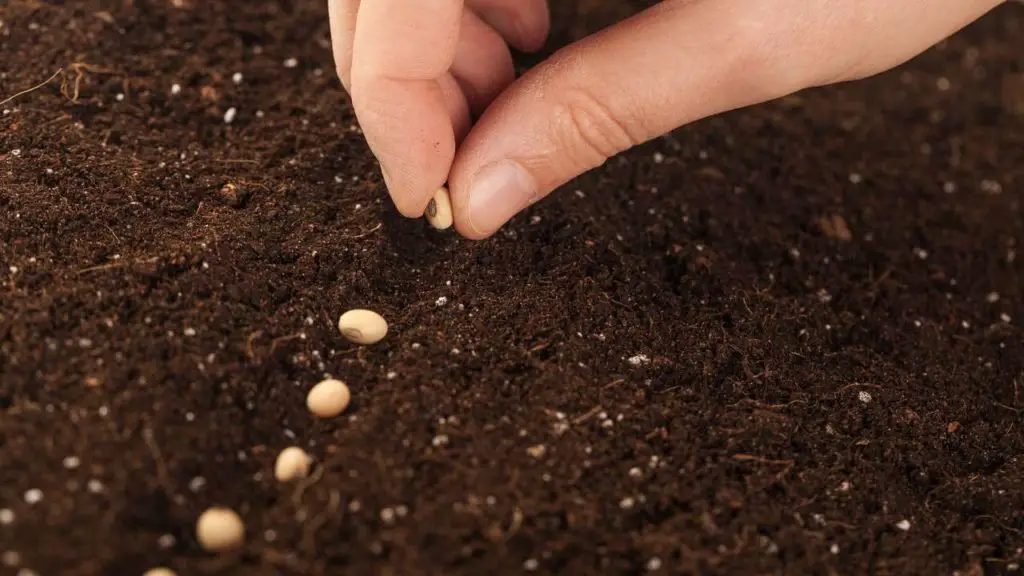
Grow seeds according to season. Or if you are growing indoors using LED grow lights then the season is not a big problem. Before sowing seeds, add a thin layer of multipurpose compost on top of the mixture because this compost is great for seed germination.
Now it’s time to sow the seeds. Or you can go with green healthy seedlings. Choose a variety with a small plant or pick a bigger pot.
Read More: An Ultimate Guide to the Best LED Grow Lights for Indoor Plants
Why Use Multipurpose Compost Only In Containers For Growing Veggies?
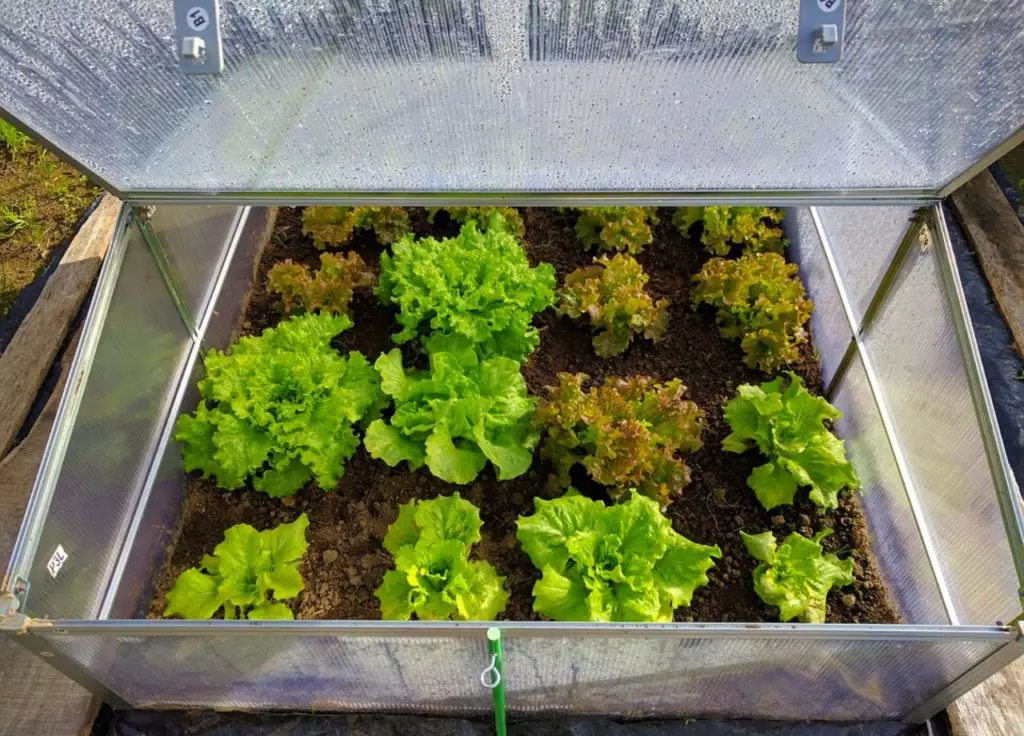
As I mentioned above, multipurpose compost is best to use in pots or containers. They are not as good as specific purpose compost. Because multipurpose compost only provides nutrients for 5-6 weeks. That is why they are best for germinating seeds. So many of container veggies have a short growth time. That kind of veggies is best to grow in multipurpose compost or you have to add extra nutrients in the soil for best growth and yield.
Read More: 30 Fast Growing Vegetables In Pots (Growth Time Mentioned)
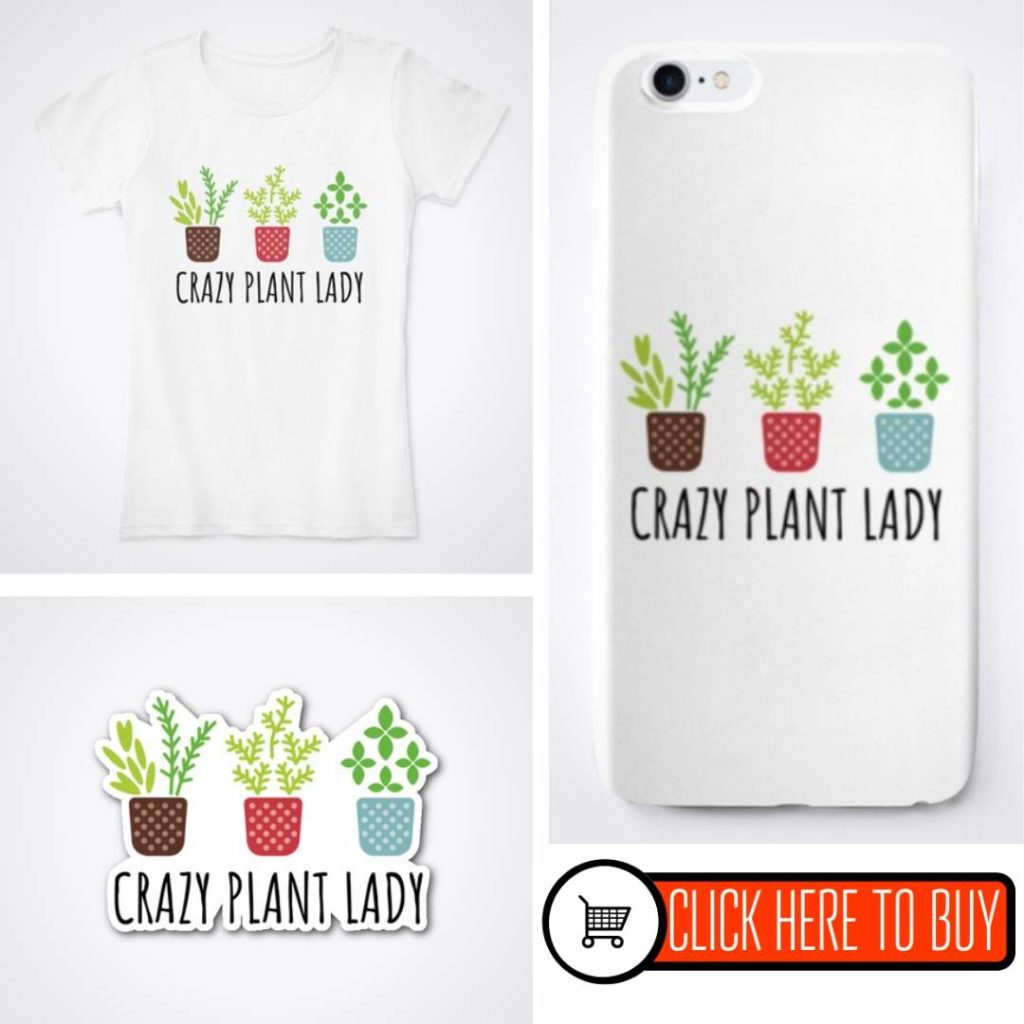
Benefits Of Using Multipurpose Compost For Growing Veggies.
1: Best For Seeds.
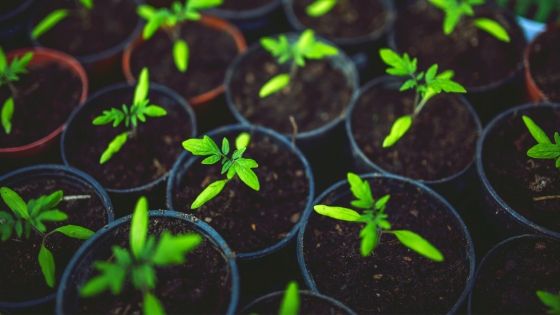
If you are not comfortable with nursery seedlings or want to grow many many different varieties of veggies (because nursery doesn’t have all the verities) then multipurpose compost is best for you. As I mentioned above, the is best for growing seeds. Because this compost has a great texture. Its fine texture makes it very easy for seedlings to grow. You can also sow and grow seeds of herbs and flowering plants.
Read More: 20 Easy Seeds To Grow In A Cup
2: Water Holding Capacity.
Multipurpose compost can hold water for a longer period of time. This property will reduce the frequency of watering. Still, it is important to keep your compost wet.
3: Best For Veggies With Little Growth Time.
Because of its water retention capacity, multipurpose compost is best to grow veggies in pots or containers. In pots, plants need more water, so this compost can fulfill the need for water by holding more water.
4: For Wide Range Of Plants.
Multipurpose compost is a great blend of peat (some are peat-free), bark compost, green compost, fertilizers, and lime. All these great ingredients make it multipurpose and best for a wide range of plants, shrubs, veggies, and fruits.
5: Multipurpose compost is 100% organic with no chemicals.
6: It is weed-free.
Here are a few tips for users of multipurpose compost.
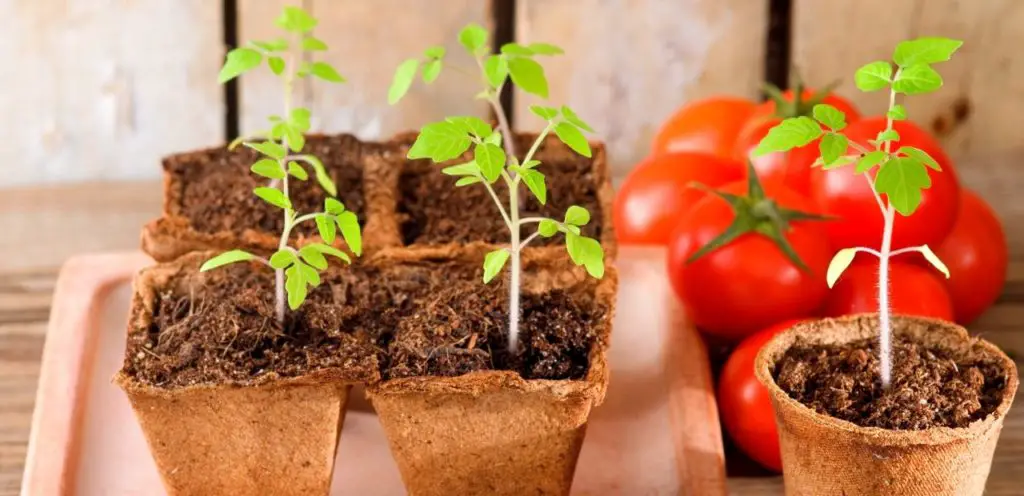
- Keep watering your plants, because the compost will be very hard to re-wet when they get fully dried. So keep moisture level up. If your compost dried out completely for some reason, soak your container in water for 10 minutes at least.
- After 5-6 weeks of planting veggies, you have to add nutrients. Liquid feed is the best choice for container veggies. Some of the brands claim to provide nutrients for months.
- Usually, multipurpose compost comes with high peat concentration. High peat concentration makes it a great water holder. Some brands make peat-free compost. So buy it according to your needs.
- Before buying, make sure the bag of compost is not affected by water (water or humidity). Moisture can make your compost compact and smelly. And we always want our compost more light, more dry and crumbly with great texture.
How To Make Your Own Multipurpose Compost For Growing Veggies
Making your own multipurpose compost is a very easy and satisfying process. For making your own you will need
- A Garden sieve
- An equal part of the soil
- Leaf mulch
- Kitchen Compost
Mix all these ingredients in a bag. And grow your veggies in containers using your own multipurpose compost.
On the US market of Amazon, they are not available right now. But you can buy some very good kind of multipurpose compost from Amazon UK.
Read On DIYGarden: 4 Best Multi-Purpose Compost Products
How to choose the right compost
Read More
- How To Grow Purple Potatoes In Containers
- How To Grow Beefsteak Tomatoes In Pots
- HOW TO BUILD A SMALL GREENHOUSE FOR VEGETABLES
Sharing is caring!
